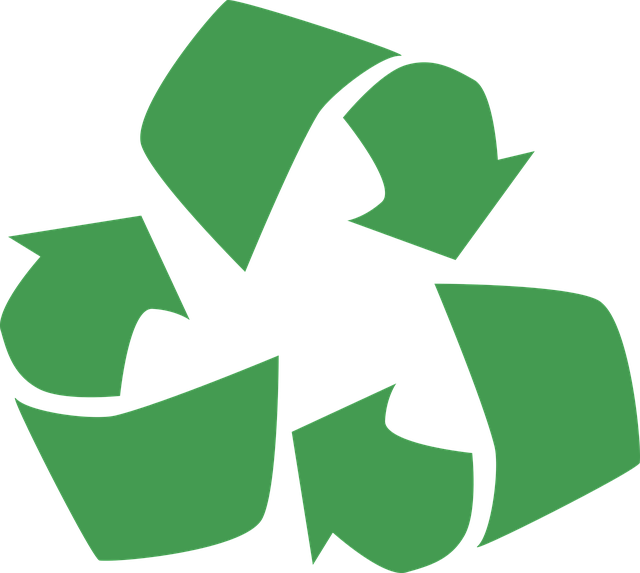Problem #WSP-000301
Problem
The set of symmetries of an object (e.g. a square) form an object called a group. We can formally define a group \(G\) as follows.
A is a non-empty set \(G\) with a binary operation \(*\) satisfying the following axioms (you can think of them as rules). A binary operation takes two elements of \(G\) and gives another element of \(G\).
Closure: For all \(g\) and \(h\) in \(G\), \(g*h\) is also in \(G\).
Identity: There is an element \(e\) of \(G\) such that \(e*g=g=g*e\) for all \(g\) in \(G\).
Associativity: For all \(g\), \(h\) and \(k\) in \(G\), \((g*h)*k=g*(h*k)\).
Inverses: For every \(g\) in \(G\), there exists a \(g^{-1}\) in \(G\) such that \(g*g^{-1}=e\).
Prove that the symmetries of the ‘reduce-reuse-recycle’ symbol form a group.

To see the solution register and get verified.